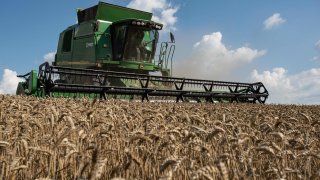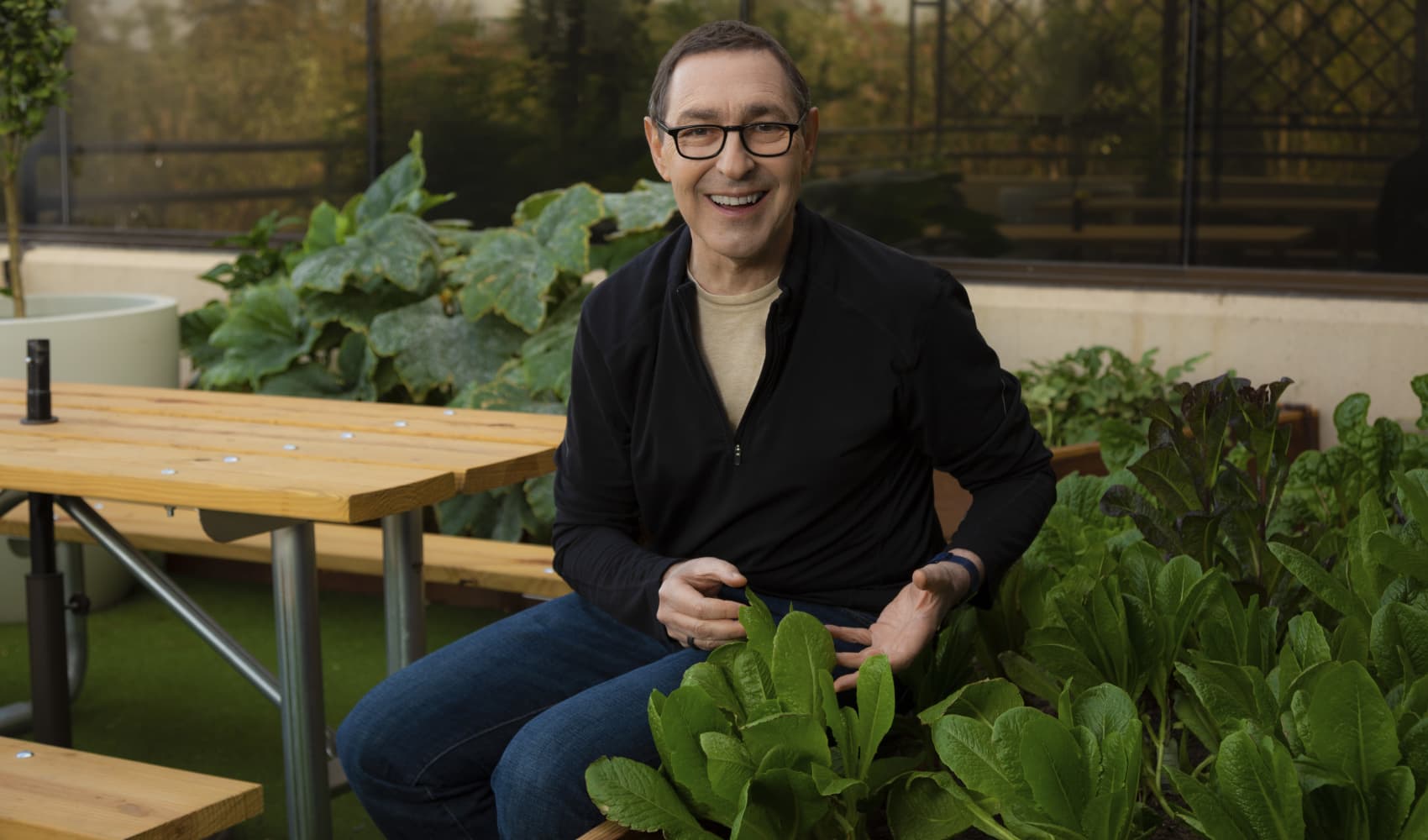
- The war in Ukraine has "put a lot of fuel on an already burning fire" as food prices continue to rise, said Arif Husain at the United Nations World Food Programme.
- In its worst-case scenario, the U.N. estimates global food prices could jump another 8.5% by 2027.
- Fertilizer prices are also rising, contributing to higher food prices as costs are passed onto consumers.
Food prices remain stubbornly high as Russia's war in Ukraine drags on, exacerbating existing pressure from supply chain disruptions and climate change.
The war has "put a lot of fuel on an already burning fire," said Arif Husain, chief economist at the United Nations World Food Programme.
Ukraine is a major producer of commodities such as wheat, corn and sunflower oil. Although exports globally have been restricted due to Russia's invasion, Husain said that the global food crisis is not driven by the availability of food, but surging prices.
"This crisis is about affordability, meaning there is food available, but the prices are really high" he said on CNBC's "Capital Connection" on Monday.
According to figures from the U.N. Food and Agriculture Organization, global food prices in July were 13% higher than a year ago. And prices could keep rising. In its worst-case scenario, the U.N. estimates global food prices could jump another 8.5% by 2027.
Money Report
Fertilizer prices are also rising, contributing to higher food prices as costs are passed onto consumers. Prices jumped after Russia — which accounts for around 14% of global fertilizer exports — limited exports. That in turn has dented crop yields.
Get a weekly recap of the latest San Francisco Bay Area housing news. Sign up for NBC Bay Area’s Housing Deconstructed newsletter.
That, combined with high energy prices and supply chain disruptions, will affect the World Bank's ability to respond to the increase in food production over the next two years, said Mari Pangestu, managing director of development policy and partnerships at the World Bank. All that uncertainty could keep prices high beyond 2024, she said.
While the U.N.'s Husain argued the current crisis mostly stems from high prices and affordability issues, he said it could turn into a food availability crisis if the fertilizer crunch is not resolved.
The U.N. estimates the number of people in "hunger emergencies," which it defines as one step away from famine, has jumped from 135 million in 2019 to 345 million, Husain said.
Heatwave in China
Extreme weather and climate change are also exacerbating conditions contributing to global food insecurity. China, the world's biggest wheat producer, has suffered multiple weather disruptions, from flash floods to severe droughts.
Earlier this month, the country issued its first drought emergency as central and southern provinces suffered weeks of extreme heat, with temperatures in dozens of cities exceeding 40 degrees Celsius, or 104 degrees Fahrenheit. The heat wave has hindered crop production and jeopardized livestock.
"Rice production is certainly very vulnerable to changes in weather temperature," said Bruno Carrasco, director general of the sustainable development and climate change department at the Asian Development Bank. "When we look at the overall supply of food production in Asia-Pacific, approximately 60% of that is rain-fed farming."
"We are very concerned given the overall weather events that we've seen and observed over the course of the year," he added.






